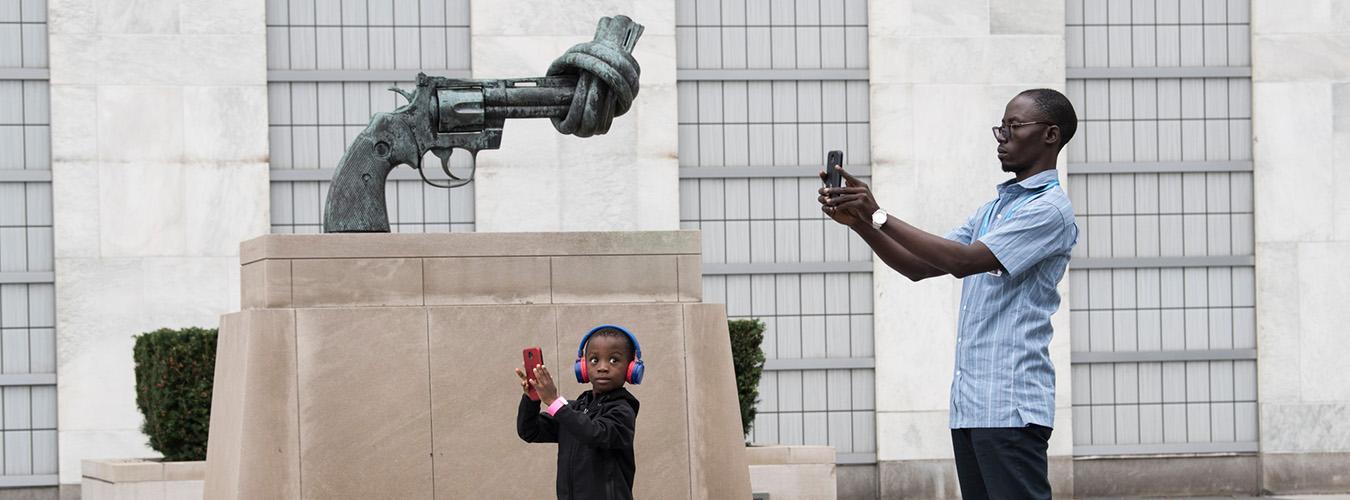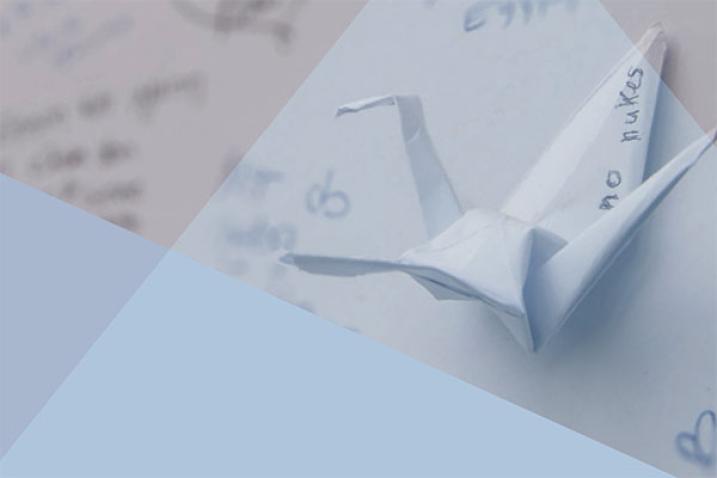The International Day for Disarmament and Non-Proliferation Awareness seeks to promote better awareness and understanding of disarmament issues among the public, especially young people.
Since the founding of the United Nations, the goals of multilateral disarmament and arms limitation have been central to the Organization’s efforts to maintain international peace and security.
Weapons of mass destruction, in particular nuclear weapons, continue to be of primary concern, owing to their destructive power and the threat that they pose to humanity. The excessive accumulation in conventional weapons and the illicit trade in small arms and light weapons jeopardizes international peace and security and sustainable development, while the use of explosive weapons in populated areas is seriously endangering civilians. New and emerging weapon technologies, such as autonomous weapons, pose a challenge to global security and have received increased attention from the international community in recent years.
Observed on 5 March, the International Day for Disarmament and Non-Proliferation Awareness plays a role in deepening the global public’s understanding about how disarmament efforts contribute to enhancing peace and security, preventing and ending armed conflicts, and curbing human suffering caused by weapons.
Through resolution A/RES/77/51, the General Assembly invites all Member States, the organizations of the United Nations system, civil society, academia, the media and individuals to commemorate the International Day, including through all means of educational and public awareness-raising activities.
Did you know?
Did you know that in 2022, global military spending reached $2.24 trillion? 12,500 nuclear weapons remain an existential threat to humanity today. 26,000 people can be treated for malaria for the price of 1 battle tank. Here are some outreach materials.
Disarmament and non-proliferation are investments in peace. They are investments in our future. Let’s end these threats before they end us.
António Guterres






